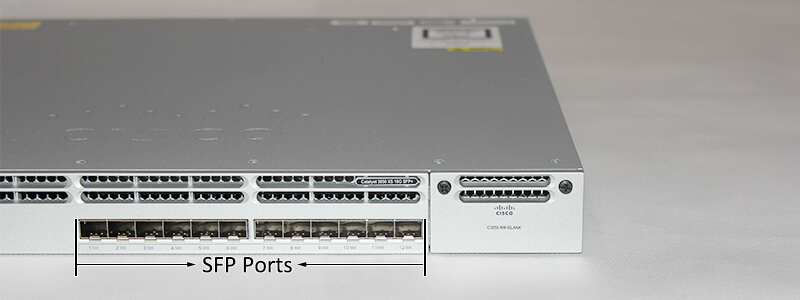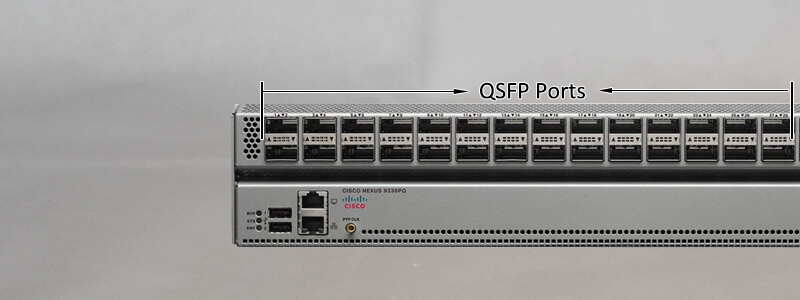SFP (Small Form-factor Pluggable) and QSFP (Quad Small Form-factor Pluggable) are two popular types of optical transceivers used in data communication networks to transmit and receive digital signals over optical fibers. Both SFP and QSFP are highly sought after for their compact size, versatility, and ease of use, making them ideal for use in a wide range of network configurations.


One of the key advantages of SFP transceivers is their small size, which allows them to be easily integrated into a variety of network systems. They are also very energy-efficient, making them ideal for use in networks that require low power consumption. Furthermore, SFP transceivers are very cost-effective, making them an affordable option for networks of all sizes.
QSFP transceivers, on the other hand, offer the added benefit of multi-channel transmission, which makes them ideal for networks that require high bandwidth and more connectivity options. They are also highly versatile, as they can be used with different types of fiber optic cables, including multimode and single-mode fibers.
Another advantage of SFP and QSFP transceivers is their hot-swappable feature, which allows them to be easily removed and replaced without affecting the operation of the network. This makes them an ideal choice for network administrators who need to quickly and easily upgrade their network or make changes to its configuration.
In conclusion, SFP and QSFP transceivers are both highly beneficial for data communication networks, offering compact size, versatility, and ease of use. Whether a network requires a single-channel or multi-channel solution, or a combination of both, SFP and QSFP transceivers are an ideal choice for a wide range of network requirements.
